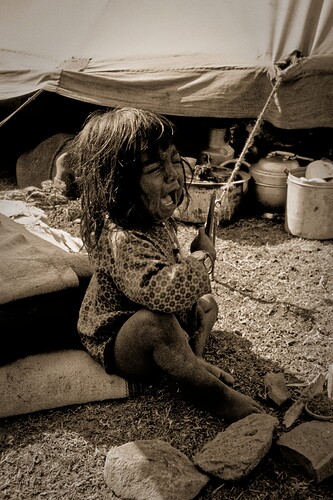That’s exactly what I meant, sorry for confusing the name. The example given in the following link matches the situations I use it for (spot-metering may not be applicable). If you have a single strong light source in the frame, better don’t use it, but there are exceptions, as usual.
Using the Highlight-Weighted Metering Mode | Nikon (nikonusa.com)
Even if you set Lens Softness correction → Global at its minimum (-3.0), it does some sharpening, seen e.g. for small text. This value range may be confusing. IMHO, the default maybe good only for some types of landscapes, but maybe it was meant for marketing or US market ![]() . For standard photos, I use Global=0.0 setting. With people, typically I use negative values, -1.0 on average, but that depends on the subjects and frame area they occupy – it may be anything from -3 to 0, or OFF. This setting plays together with micro/fine-contrast for overall sharpness perception.
. For standard photos, I use Global=0.0 setting. With people, typically I use negative values, -1.0 on average, but that depends on the subjects and frame area they occupy – it may be anything from -3 to 0, or OFF. This setting plays together with micro/fine-contrast for overall sharpness perception.
Lens vibration reduction (VR) works differently on different lenses. You have to wait for a fraction of a second before it “locks”, otherwise it may still wobble and you’ll get a blurred image. You have to be more patient, before doing the final push. Some practice is absolutely required. In case of the first photo, you could have used VR=OFF, ISO=800 (instead of 200) and 1/2000s (instead of 1/500s). With D780, this particular image DR is quite “safe” for ISO 800, but you’ll get droplets more frozen, which you may like or dislike (might be distractive).
For moving subjects, consider AF-C and perhaps using AF-ON button.
BTW, never use a camera/lens near such hazy and salty sea, unless it’s properly sealed. Low-end cameras can get their electronic circuits corroded, short-circuits may appear, but some “better” cameras may get affected too. My wife got hit by this problem with D90.

